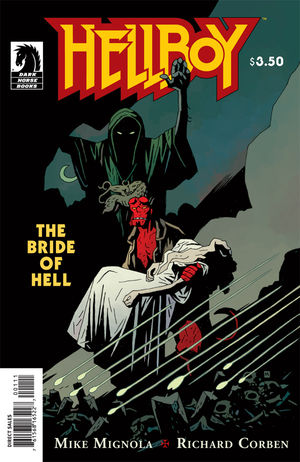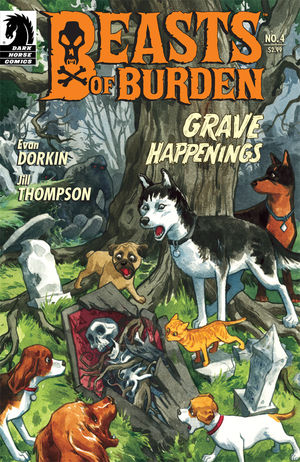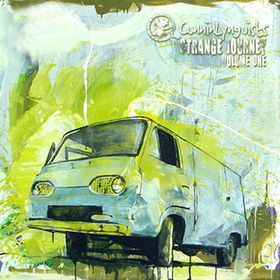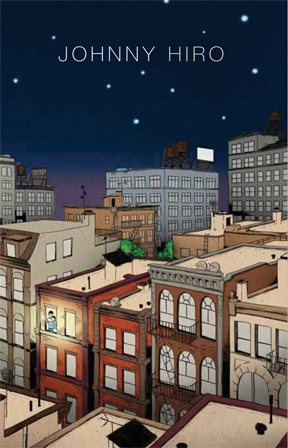 by Hunter Thompson
by Hunter Thompson
Thompson really is one of the great American writers of the 20th century. This was his first published book, and it's very easy to see, when reading it, how hard he struggled to produce a 'straight' piece of reportage, instead of giving in to whatever whims and authorial flourishes caught his fancy.
This book, published in 1967, claims to offer a truthful examination of the Hell's Angels, the notorious motorcycle club that captivated the American media in the early 60s. These larger-than-life outlaws were constantly being written about in the paper, when Thompson, a resident of San Francisco, decided to befriend them and write about them from an 'insider's' perspective.
That's basically what this book is - an account of his time drinking, driving, and hanging out with the Angels. He ingratiated himself to Sonny Barger, the club's founder, and so was allowed to witness their events and everyday activities with a great amount of access and freedom, at least until September of 1966.
His book delights, as did the Angels, of the misrepresentations of the outlaws perpetrated by the mainstream media, although with so much bullshit flying around, it is naive to think that this book didn't get splattered a little as well. Thompson revels in the outsider status of the bikers, glorifying it, and, at times, making use of it, such as when he felt the need to scare off his landlords, with humourous results.
Thompson's book goes much further than simply describing and analyzing the Angels though. This book does as much to construct the mainstream's perception of the Angels as does explain it. As well, Thompson writes about America just as it was on the cusp of a massive generational shift. Later, the Angels hang out with Ken Kesey at La Honda, yet, when they bust up an anti-Vietnam protest later, they demonstrate to what degree they were a part of the previous generation, with its values.
The book was written before the events of Altamont, and so Thompson is permitted to portray the Angels as wildly eccentric outlaws in the American tradition. Things obviously changed as their membership grew, and they became more involved in the drug trade.
Thompson's writing begins to betray the journalistic flourishes and speculative excesses for which he became so well-loved. This work is at once reverential, exacting, and insightful, and should be seen as a forerunner of books like Tom Wolfe's 'The Electric Kool-Aid Acid Test'.
 Written by Keith R.A. DeCandido
Written by Keith R.A. DeCandido









































